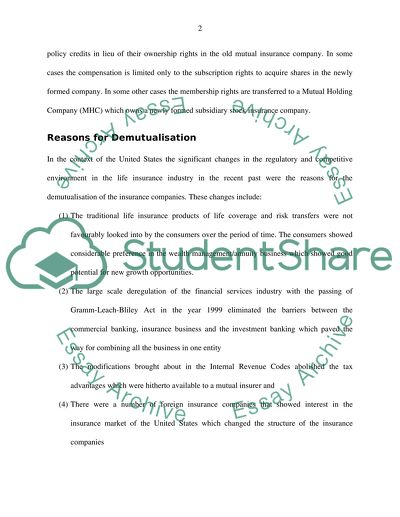Cite this document
(Demutualization of Insurance Companies to Meet the New Challenges of a Term Paper, n.d.)
Demutualization of Insurance Companies to Meet the New Challenges of a Term Paper. Retrieved from https://studentshare.org/finance-accounting/1527799-demutualisation-of-insurance-companies
Demutualization of Insurance Companies to Meet the New Challenges of a Term Paper. Retrieved from https://studentshare.org/finance-accounting/1527799-demutualisation-of-insurance-companies
(Demutualization of Insurance Companies to Meet the New Challenges of a Term Paper)
Demutualization of Insurance Companies to Meet the New Challenges of a Term Paper. https://studentshare.org/finance-accounting/1527799-demutualisation-of-insurance-companies.
Demutualization of Insurance Companies to Meet the New Challenges of a Term Paper. https://studentshare.org/finance-accounting/1527799-demutualisation-of-insurance-companies.
“Demutualization of Insurance Companies to Meet the New Challenges of a Term Paper”, n.d. https://studentshare.org/finance-accounting/1527799-demutualisation-of-insurance-companies.


